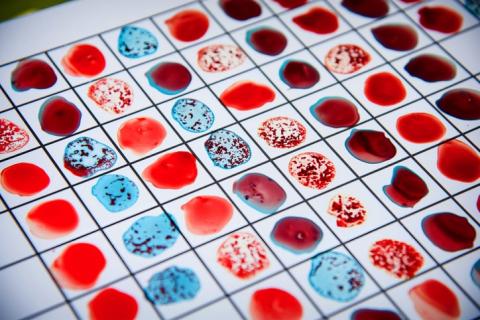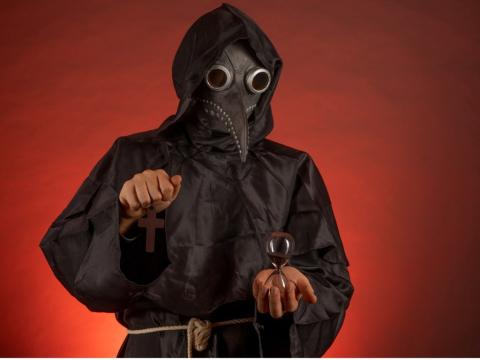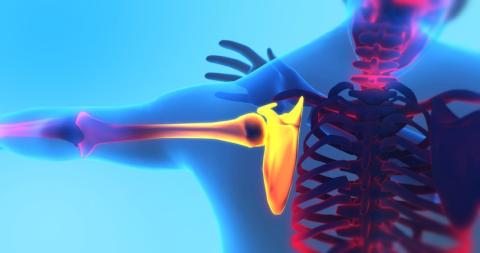Which Inventions Took Down Their Inventors?
Franz Reichelt met his death in 1912 after a fatal fall from the Eiffel Tower when his particular design failed to open after the jump.
- Reichelt was unfortunately killed when his wingsuit prototype did not open and he plummeted to the ground, having refused any safety equipment.
Horace Lawson Hunley was a talented engineer, known for his contributions to marine technology. Sadly, his death occured with 7 other men in 1863 when his invention was swamped.
- Hunley was killed along with his crew during a test run for his early submarine model, named the "H. L. Hunley" after its inventor.
Marie Curie remains one of the most famous inventors of the late 1800s with her scientific discoveries that would change the course of medicine and technology forever. However, the lasting effects of her experiments eventually were her undoing.
- Marie Curie's discovery of radium fostered the study of radioactive elements that could help doctors identify and treat various illnesses, leading to the modern X-ray, but the damage to her body over time did take its toll, in the end.
William Bullock was the victim of his own improved creation, but certainly not one that you might expect. This machine transformed the entire literary, news, and educational world before claiming Bullock in 1867.
- Bullock created the first model of the web rotary printing press in the mid-1800s, but died from complications with a foot amputation that occurred after the heavy press fell and crushed his appendage, resulting in gangrene.
Thomas Andrews was a famed engineer and maritime architect and was traveling on a creation of his own design when disaster struck in 1912. The incident became one of the most well-known transportation catastrophes of all time.
- The sinking of RMS Titanic in April of 1912 remains one of the most famous shipwrecks of all time, and Andrews, as the vessel's creator and designer ended up going down with the ship in the icy Atlantic.
Alexander Bogdanov is an influential person in the history of science and medicine, creating a method of relieving patients' illnesses by renewing a central bodily process. However, this endeavor also ended up being his end in 1928.
- While Bogdanov's experiments with blood transfusions were largely successful and laid the groundwork for today's processes, he died after transferring his own blood into a student with malaria and tuberculosis, taking their blood himself and succumbing.
Harry Daghlian Jr. & Louis Slotin were physicists working on an incredibly critical product in 1944, as the Second World War raged on. Based originally in Los Alamos, these men died nearly two years later from lasting complications due to the project.
- While Daghlian and Slotin were essential to helping Oppenheimer create the nuclear weapons that ultimately helped to end the war, the radiation poisoning they sustained led to a painful death in only a couple of years.
Francis Edgar Stanley lost his life after his wheeled invention flew out of control and crashed into a woodpile in 1918.
- Stanley was one of two twin brothers who established the Stanley Motor Carriage Company, but unfortunately passed away when he lost control of an early vehicle model and crashed.
Jean-François Pilâtre de Rozier made great strides in transportation technology in the mid-1700s, and though he was an original pioneer in his field, ended up perishing in an accident with his creation when trying to cross the English Channel.
- As a father of aviation, de Rozier used his physics knowledge to create a manned hot air balloon, toying with both tethered and untethered models, but his final flight ended in a aerial crash on the French coast.
As a professional stuntman, Karel Soucek wanted to develop a device that would allow him to perform bigger and better feats of plummeting action. And though his design was a success in the workshop, it malfunctioned at the Houston Astrodome in the late 1980s during the drop and killed him.
- As a stuntman, Soucek successfully made it over Niagara Falls in a barrel, and developed a shock-proof model to lessen the blow. But the barrel mechanism released early during the test and he fell to his death.












